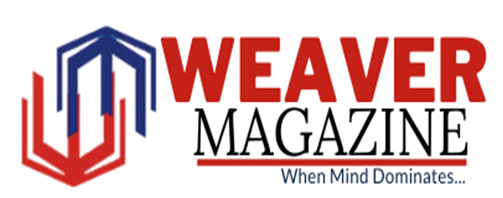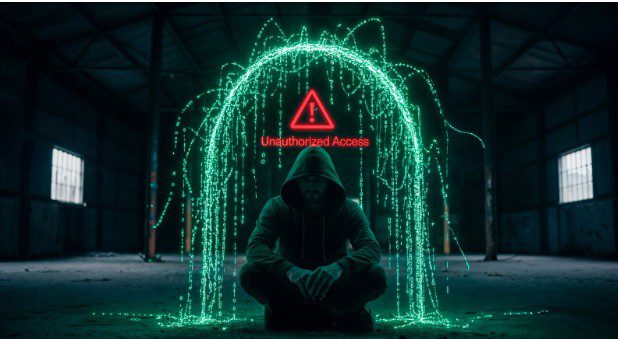India’s digital economy has unlocked extraordinary reach for creators and rights-holders. It has also widened the attack surface for infringement—stream-rips, Telegram channels, cyberlockers, mirror sites, search-poisoned “free download” pages, and even fraudulent streaming farms. In this environment, relying on ad-hoc takedowns or occasional legal notices is no longer sufficient. Today, companies rely on technology-driven anti piracy services as a regular process to safeguard their revenue, protect their brand, and maintain audience trust.
This guide outlines how professional anti-piracy programs work, why India-specific execution matters, and what additional safeguards are essential for anti piracy music—from pre-release leaks to platform misuse. The goal is to equip labels, artists, publishers, and media businesses with a practical, executive-level view of what “good” looks like.
What Comprehensive Anti-Piracy Services Actually Do
A mature program combines technology, process, and legal escalation. In practice, that means:
- Discovery and mapping. Automated crawlers scan open web, dark web sources, app stores, social platforms, UGC sites, marketplaces, and messaging groups. Advanced providers enrich results with fingerprinting and watermark detection to distinguish genuine copies from commentary or fair use.
- Verification and evidence. Matches are verified against rights metadata (titles, owners, ISRC/ISBN/UPC, release dates). Each incident is documented—URL, timestamp, host, screenshots, and file hashes—to support takedowns and, if needed, litigation.
- Notice-and-takedown at scale. Templates aligned to local law and platform policy (DMCA and India-specific procedures) are issued promptly to hosts, platforms, CDNs, and search engines. Speed is critical—especially in the first 24–48 hours following a release.
- De-indexing and search remediation. Search engines are asked to remove infringing URLs and demote known piracy domains. This reduces casual discovery and redirects demand to legitimate channels.
- Blocking and escalation. For websites that continue to host pirated content, providers work with domain owners, payment platforms, ad networks, and—if needed—Internet service providers. In some cases, legal teams step in to get court orders for stronger action.
- Monitoring, reporting, and prevention. Dashboards show how many cases occur, how fast they are taken down, and how often the same sites come back. These reports help improve protection methods, such as adding watermarks to promos and tightening release procedures.
A true partner does not only “remove links”; it continuously reduces the supply and visibility of infringing copies, shortens response times, and hardens the distribution chain.
Why India-Specific Execution Matters
Piracy patterns in India have distinct characteristics:
- Platform mix and language diversity. Infringing listings may be posted across Hindi, Bengali, Tamil, Telugu, Marathi, and other languages, with transliteration variations. Detection must handle this nuance to avoid false negatives.
- Messaging-led distribution. Private and semi-private groups on messaging apps often function as rapid distribution hubs. To manage access and remove content effectively, you need experienced hands and a clear plan to guide the work.
- Local legal context. Efficient action depends on familiarity with Indian jurisprudence, rightsholder remedies, and practical relationships with domestic platforms, ISPs, and marketplaces.
Specialised anti piracy services with India-ready processes will typically outperform generic, global vendors on speed and completeness.
The Music Case: What “Anti Piracy Music” Must Cover
Music presents unique challenges. Files are small, instantly shareable, and easily cloned into countless formats (MP3, FLAC, M4A, short-form clips). An effective anti piracy music program should include:
- Pre-release leak protection. Watermarked advance promos; strict access controls for studios, mixing/mastering houses, and partners; and routine dark-web and group sweeps in the weeks before launch.
- Acoustic fingerprinting. Matching audio based on content (not just file names) across UGC sites, live streams, Reels/Shorts, and fan uploads—even when pitch-shifted or time-stretched.
- Rights routing and platform tooling. Proper ISRC assignment, publisher splits, and platform-level rights settings (Content ID-style systems) to automate claim/monetise/block decisions.
- Fraud and stream-farm detection. Pattern analysis to identify inorganic spikes, suspicious device clusters, or geography/time anomalies. This preserves chart integrity and protects payout pipelines.
- Merchandise and artwork misuse: Identifying counterfeit products and unlicensed artwork being sold on online marketplaces or print-on-demand platforms.
- Rapid incident response. Dedicated first-48-hours coverage across time zones, because a leak during Indian prime time can go global before dawn elsewhere.
Practical safeguards for labels and independent artists
- Metadata hygiene. Maintain a single source of truth for titles, versions, collaborators, and ISRCs. Inconsistent data slows verification and weakens takedown credibility.
- Harden the supply chain. Use trackable promo links and expiring download permissions; avoid unsecured shared drives for masters.
- Watermark and log access. Embed inaudible watermarks in pre-release files and log every download or stream in the review process.
- Set clear platform policies. Decide in advance where clips are allowed (e.g., 15–30 seconds on short-form video) and where full tracks are not.
- Train your team. Provide simple internal playbooks for spotting fakes, filing reports, and routing incidents to your provider—speed matters.
What “Good” Looks Like in Day-to-Day Operations
- Before release: Weekly sweeps for known leak channels; test takedown templates; confirm metadata; watermark all advance copies.
- Launch window (24 hours before to 48 hours after release): Continuous monitoring across search engines, user-generated content sites, file-sharing platforms, and messaging groups; takedowns measured in hours; quick de-index requests; and direct outreach to high-risk sites.
- Stabilisation (week 1–4): Long-tail cleanup of mirrors; measurement of search share reclaimed by official pages; review of fraud signals and payout holds where needed.
- Quarterly governance: Consolidated reporting, trend analysis by territory and platform, and continuous improvement actions (e.g., different promo path for high-risk genres).
Selecting an Anti-Piracy Partner: A Due-Diligence Checklist
- Detection depth. Do they combine keyword search with fingerprinting and watermark discovery? Can they detect edits (pitch/tempo changes) and partial clips?
- Coverage map. Which platforms, domains, and app ecosystems in India are included? Can they reach closed groups when invited by a rightsholder?
- SLA and effectiveness. What are median/95th-percentile removal times? What percentage of incidents are fully removed vs. de-indexed?
- Evidence standards. Do they produce litigation-ready logs—timestamps, hashes, and screenshots—for each incident?
- Legal coordination. Can they brief external counsel and support court-ordered blocks for repeat infringers?
- Transparency. Is there a live dashboard with drill-downs by work, platform, and geography? Are false positives audited?
- Security and privacy. How are pre-release assets protected? What is the vendor’s data retention policy?
- Commercial model. Flat fee, per-incident, or hybrid? Are success metrics defined up front to show ROI?
Measuring Impact and ROI
Piracy cannot be erased completely, but a well-managed program shows clear, measurable benefits:
- Revenue protection. More people choose official streaming and shopping platforms, fake products drop, and artists get fair, transparent royalties.
- Audience experience. Fans reach the trusted source faster, without the frustration of low-quality copies or the risk of unsafe sites.
- Operational efficiency. In-house teams spend less time chasing links and more time on growth activities.
- Legal readiness. When escalation is required, all evidence is collected in an organised way and can stand up in legal proceedings.
Track practical indicators: time-to-removal, recidivism by domain, the ratio of infringing to official search results for key titles, and uplift in legitimate streams or sales following takedown waves.
Where to Learn More
For a deeper view of provider capabilities and India-specific approaches, review insights on anti piracy services. For music-focused safeguards—from leak prevention to platform enforcement—consult the guide on anti piracy music. Building a modern, always-on program is not simply a legal exercise; it is an essential component of release planning and catalogue stewardship. With the right partner and process, you can keep your catalogue discoverable, your brand trusted, and your revenue where it belongs.










